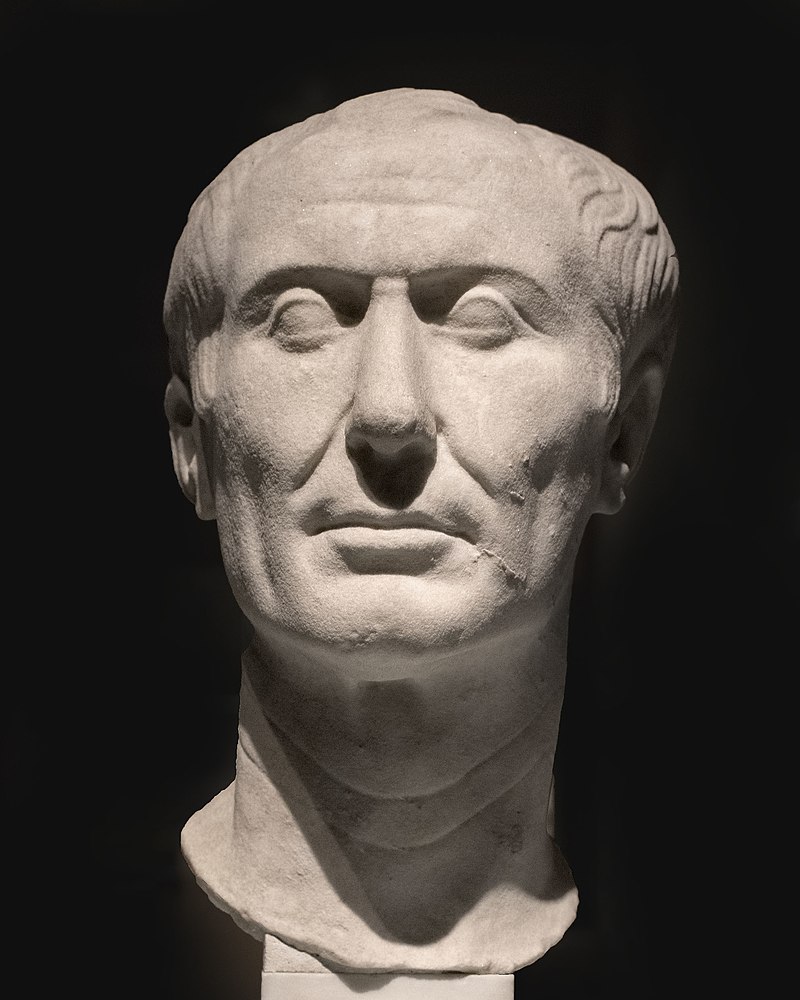Beware the Ire of Caeser

Julius Caeser was born in the year 100 BCE in Rome to a family of patricians — the ruling class — and later in life, was the head of the Roman Empire. But his route to power wasn’t a direct one. When Caeser was in his early 20s, a civil war erupted in what was then the Roman Republic. His uncle, Gaius Marius, led one side in a bloody war against another Roman statesman, Lucius Cornelius Sulla. When Sulla prevailed, Caesar — fearing that his association with Marius would put his own life at risk — fled to what is now Greece and Turkey. He only dared return in the year 78 BCE, after learning that Sulla had died.
Unfortunately for Caesar, his trip home wasn’t an easy one.
And for those who made that trip difficult, it was even worse.
While contemporaneous accounts of Caesar’s early life are few and far between, his subsequent fame and importance led to many notable biographies after the fact. Of particular note are those by Suetonius, a Roman historian who lived from circa 69 ACE to about 122 ACE, and Plutarch, the Greek-Roman philosopher who lived from about 46 ACE to about 119 ACE. Both of their biographies of Caesar tell us a similar story about Caesar’s voyage across the Aegean Sea as he made his way back to Rome. And both of their stories focus on one thing: pirates. The details differ a bit, but the important parts are roughly the same.
The Aegean Sea is the body of water between Greece and Turkey that connects the Mediterranean and the Black Seas. (Here’s a map.) At the time, the Aegean had a pirate problem — as Plutarch wrote, they had “large fleets of ships and innumerable smaller vessels [and] infested the seas everywhere.” Caesar’s ship was captured, and the future Emporer was kidnapped and held for ransom on a small island in the Aegean.
Caesar’s captors probably tried to keep him in check through fear; perhaps they ended each day by telling him to sleep well, as they’ll likely kill him the next morning. But if threats were effective against other captives, it wasn’t against Caesar. The pirates, per Plutarch, informed him that they demanded a ransom of 20 talents of silver — about 650 kilograms, or about $500,000 worth in today’s dollars — and Caesar “laughed at them for not understanding the value of their prisoner.” He told them that he wouldn’t pay them the 20 talents for his safe return; rather, he’d pay them 50 talents. He told his captors to send emissaries to various points throughout the region to raise the money, and they did. Caesar was left with his captors, his life hanging in the balance. And, as Plutarch explains, he didn’t seem to care:
He made so little of them, that when he had a mind to sleep, he would send to them, and order them to make no noise. For thirty-eight days, with all the freedom in the world, he amused himself with joining in [the pirates’] exercises and games, as if they had not been his keepers, but his guards. He wrote verses and speeches, and made them his auditors, and those who did not admire them, he called to their faces illiterate and barbarous, and would often, in raillery, threaten to hang them. They were greatly taken with this, and attributed his free talking to a kind of simplicity and boyish playfulness.
At the end of the month-plus, the ransom collectors returned. True to their word, the pirates let Caesar go. It was a profitable endeavor — but ultimately, not worth it.
As Mental Floss summarizes, “while Caesar was friendly with the pirates, he didn’t appreciate being held captive. He told the pirates that, after his ransom was paid, he would hunt them down and have them crucified.” And, like the pirates, Caesar was true to his word — even though they didn’t think he’d follow through. Per Plutarch, Caesar “proceeded at once to man some ships [ . . ] and went in pursuit of the pirates, whom he surprised with their ships still stationed at the island.” In a reversal of fortune, Caesar took his captives captive, took back his ransom and more, and brought the pirates back to modern-day Turkey for trial and punishment. When the local magistrate refused to execute the pirates (instead wanting to cash in by selling them into slavery), Caesar took matters into his own hands. As Britannica relays, “Caesar went to the prison where they were being held and had them all crucified.”
Yikes.
Bonus fact: The bust of Julius Caesar is called the Tusculum portrait, and it’s the only one still in existence (as far as we know) that was made during his lifetime — maybe. In 2008, divers in the Rhone (the river between France and Switzerland) found a bust, seen here, that dates to 46 BCE. The team that found the sculpture (now called the Arles bust) immediately claimed it depicted Caesar, arguing that it bears are resemblance to coins showing the rule and also noting that the timeline lines up. But other archeologists argue that the real basis for the identification is opportunism. They argue that the attention one gets from claiming it’s a bust of Caesar instead of, say, Comicus or Josephus, is the true driving force behind the identification — and dispute that it’s actually a sculpture of Caesar himself. The efforts to identify the man in the sculpture are ongoing and hotly debated.
From the Archives: Patch Theory: Why do pirates wear eye patches? Here’s one theory.
